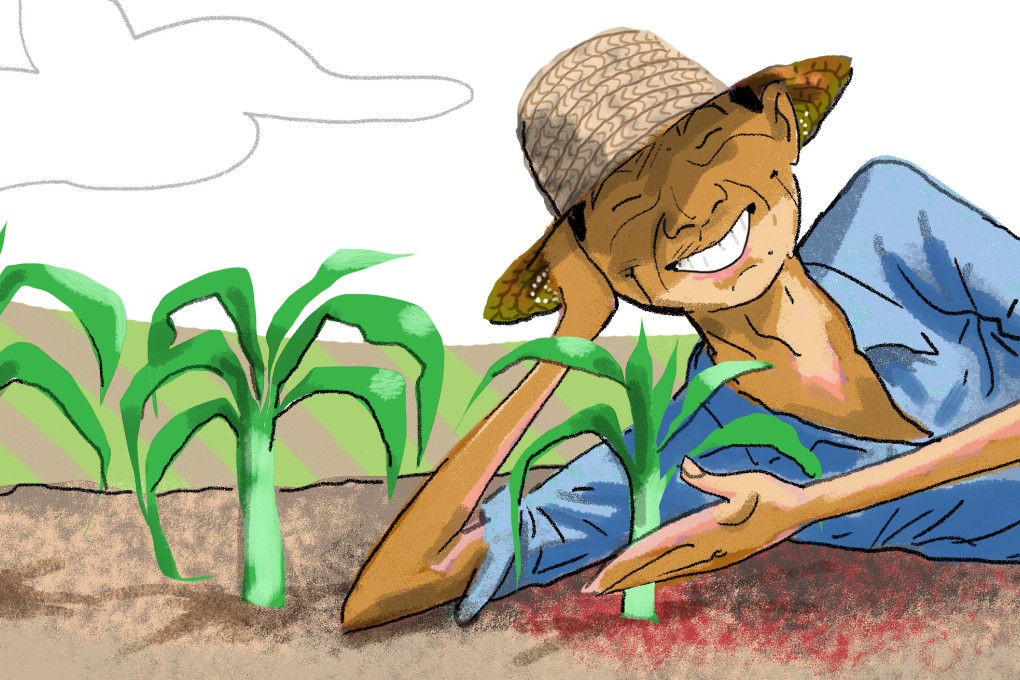How China can be a model of food sustainability for the developing world
Frank-Jürgen Richter says nations in Africa and Asia can learn from Beijing’s experiments with infrastructure and new methods in agriculture to generate growth and wealth


In its recent five-year plans, Beijing has focused on infrastructure expansion while maintaining growth. As a consequence, it has garnered a large sovereign wealth fund that may be spent on its future social aims – to support the elderly and enhance the learning potential of its children (it has just announced the scrapping of its one-child family policy).
READ MORE: Modernising China’s agriculture key to tackling slower economy, says Premier Li Keqiang
It is approaching these aims in several ways; one has been to vastly increase its transport and telecoms infrastructure, another is by constructing many new towns to entice rural migrants away from the now overcrowded coastal cities that were originally responsible for China’s economic boom. The inland cities and towns are taking up this clarion call.

The farms will more easily connect to market hubs via new rural roads, and the hubs can redistribute crops quickly by road, rail or air to distant markets
The 13th five-year plan aims to lift China’s remaining 70 million poor above the US$2 per day threshold. Beijing managed that task partially though its previous five-year plan by spectacularly meeting the UN Millennium Goals and I believe that its bedrock of infrastructure and momentum for change will allow it to meet the new goals.